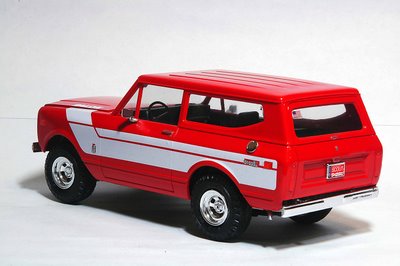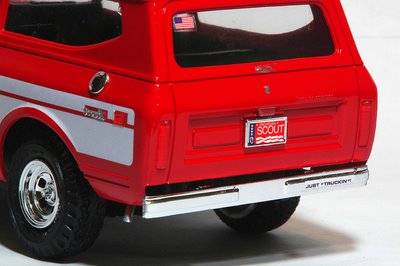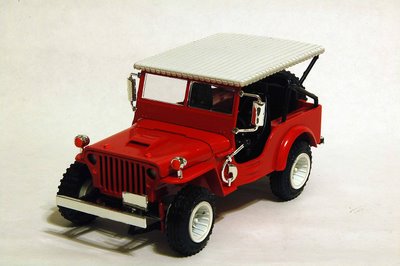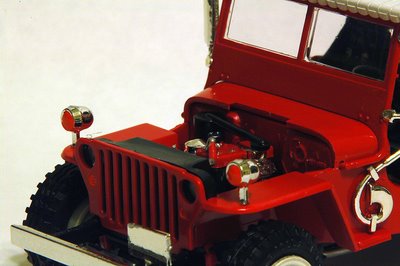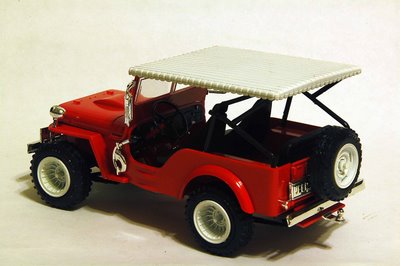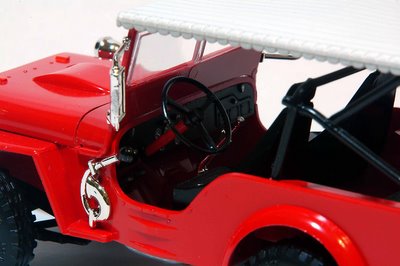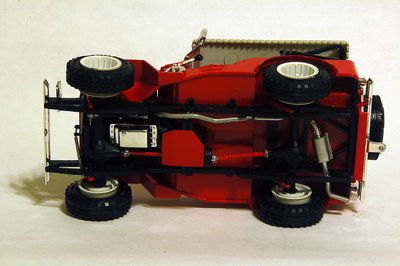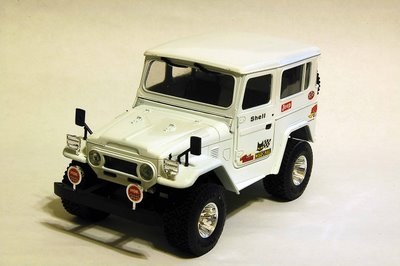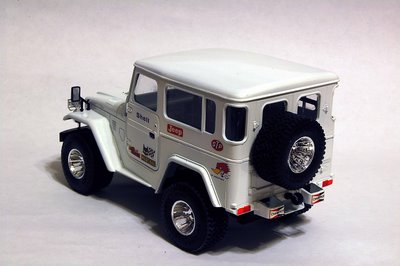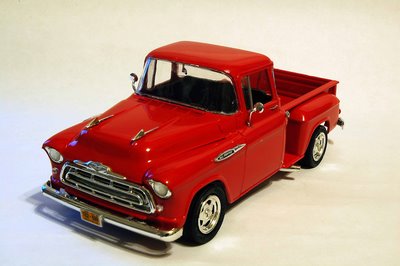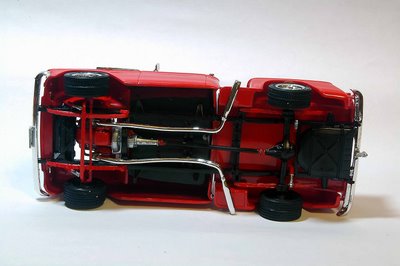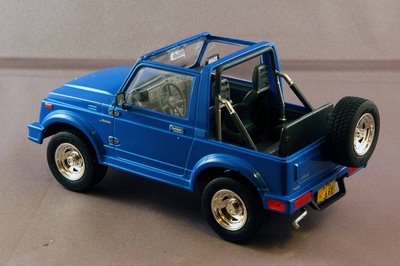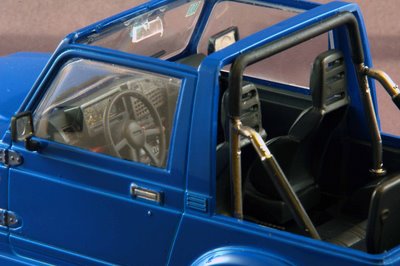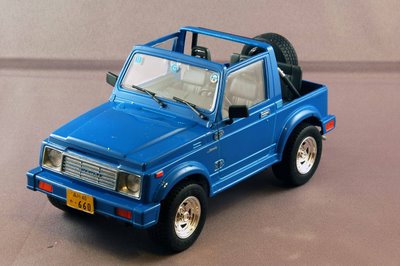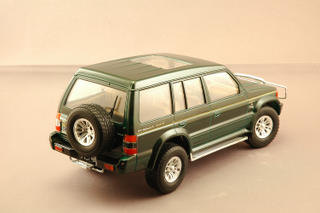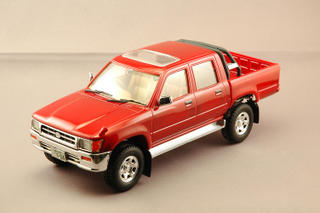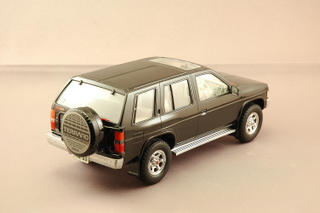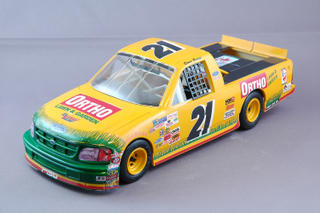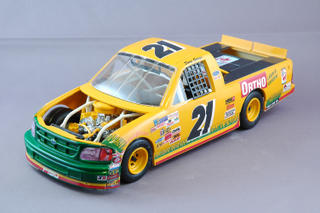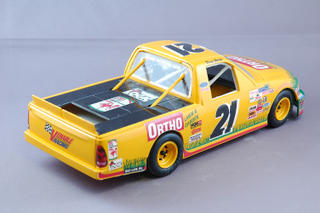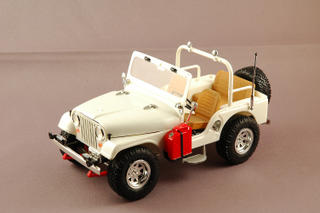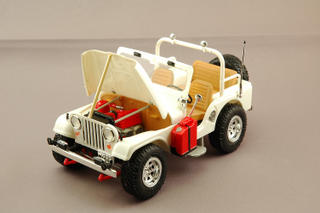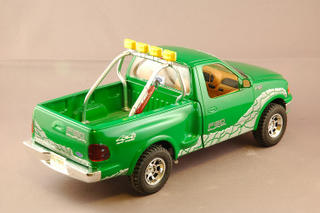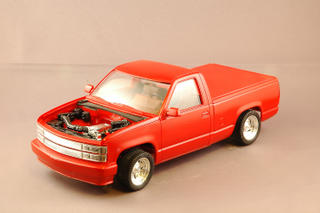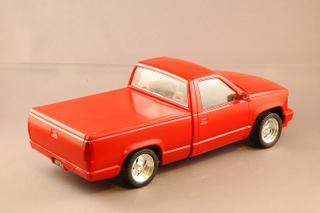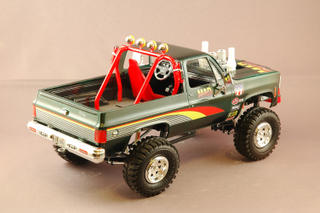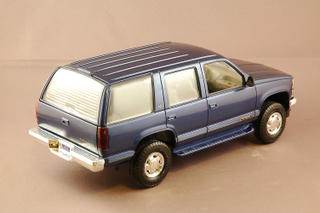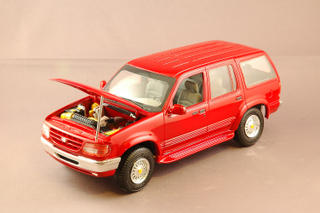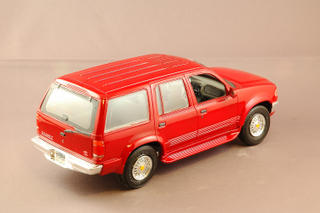On September 23, 1940 in response to an Army Invitation For Bids, the American Bantam Car Company of Butler, Pa. delivered a prototype vehicle to Camp Holabird for testing. The test vehicle was immediately recognized by the Army as one of the most important and innovative vehicles in the history of modern land warfare. Delivered and tested as Bantam Reconnaissance Car #1001, it was soon thereafter that it's testers dubbed it the "jeep".
Though the design and development of the first prototype jeep was primarily the work of Bantam Car Co., both Willys and Ford later supplied prototypes to the Army also. The Army tested all three designs and combined features of each design into one standardized jeep design. The initial contract for these standardized jeeps, model MB, was awarded to Willys in October, 1941. With the attack on Pearl Harbor shortly thereafter and America's entry into WWII, the Army felt that a second producer of jeeps would be needed. Ford Motor Company was contracted to build standardized jeeps based on the Willys MB design. Ford's designation for their standardized jeeps was model GPW.
A common misconception is that the letters "GPW" stood for General Purpose - Willys, but this is incorrect. The letters "GPW" are from Ford's own vehicle model codes where "G" indicated Government contract, "P" was Ford's code for an 80" wheelbase Reconnaissance Car 4X4, and "W" meant Willys design motor.
Another common misconception is that the name "jeep" was derived from a slurring of the letters "GP", but the word "jeep" was in common usage as early as 1938 - two years before the first jeep appeared. Exactly how the little 4x4 Reconnaissance Car ended up with the name "jeep" has never really been determined.
Willys and Ford went on to produce approximately 650,000 standardized jeeps between November 1941 and August 1945. Ford stopped producing jeeps with the end of WWII, but Willys adoped the jeep name and developed many successful civilian versions of the trusty wartime jeep.
Its simple, robust design gave the WWII jeep a legendary reliability in the field. The jeep served well beyond it's intended purpose acting as not only a Reconnaissance Car, but as weapons platform, ambulance, troop transport, equipment hauler, tractor, railroad locomotive (when fitted with special wheels) and more. The flat hood served equally well as a dinner table, operating table, map table or altar in the field. It was beloved by the troops and remains one of the most recognizable vehicles in the world.
Model Kit Review:
http://www.spencer1984.com/my_models/hound.php


